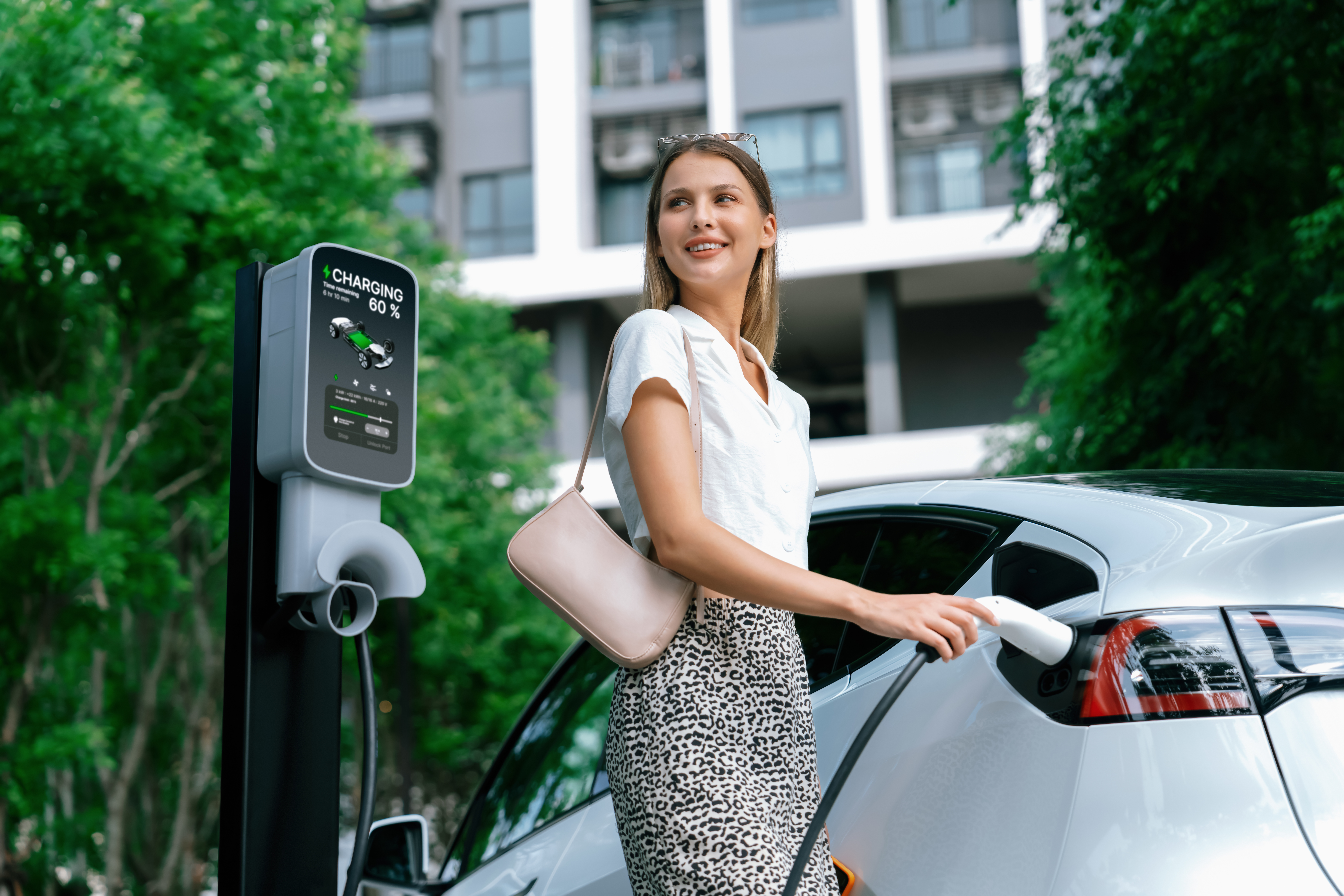
The sun hangs low over the asphalt plains of America’s automotive industry, casting long shadows on the road ahead. By September 30, the federal tax credits for electric vehicles-a lifeline since the dawn of this technological migration-will wither like crops in a dry season. For buyers, this means the $7,500 credit for new EVs and $4,000 for used models will vanish, altering calculations for families and fleets alike. The math is simple: a $55,000 sedan becomes $47,500 overnight, a price shift that bends the arc of affordability.
Yet this policy expiration is no mere arithmetic. It is a reckoning. For manufacturers, the criteria to qualify read like a modern-day gauntlet: North American assembly, batteries forged in the crucible of domestic supply chains, mineral origins traced to allies, and price ceilings that fence out luxury. The credits, once a broad promise, now narrow to a select few-a truth as stark as a dustbowl horizon.
Who Rides the Lightning?
Consider the land of automakers. General Motors stakes its claim with six models, Ford with one, Tesla navigating its own frontier with four. Hyundai, Kia, Acura-each holds a parcel of eligible vehicles, while others, like Lucid or German marques, stand exiled beyond the borders of qualification. The Tesla Model X, priced at $80,000, teeters on the edge like a migrant at the edge of a promised land.
This is not merely policy-it is theater. The leasing loophole, soon sealed, has allowed some to dance around the law’s edges, a final waltz before the music stops. But when the clock strikes October, the stage will clear, leaving only those who built their vehicles in the image of the credit’s architects.
The Investor’s Dilemma
For growth investors, the question hums like a distant engine: Will this stall the EV revolution, or merely test its mettle? The gap between gas-powered sedans and their electric kin has narrowed, a bridge built by innovation and necessity. Those anchored in affordability-makers of practical, accessible machines-may weather the storm. Others, like Lucid, unburdened by the credit’s chains, might even thrive as buyers recalibrate their compasses toward luxury.
Already, the roads thrum with urgency. July’s sales-130,000 new EVs, 36,700 used-speak of a migration in motion. The people, sensing the cliff’s edge, rush forward. Yet beyond lies a question as old as the American road: What happens when the subsidy fades, and the market stands alone?
In the end, this is not just about cars. It is about the stories we tell-of progress, of equity, of who gets to ride into the future. For investors, the path forward demands eyes wide open, hearts steady, and a map redrawn for the long haul. 🚗
Read More
- Bitcoin’s Ballet: Will the Bull Pirouette or Stumble? 💃🐂
- Can the Stock Market Defy Logic and Achieve a Third Consecutive 20% Gain?
- Dogecoin’s Big Yawn: Musk’s X Money Launch Leaves Market Unimpressed 🐕💸
- Gold Rate Forecast
- LINK’s Tumble: A Tale of Woe, Wraiths, and Wrapped Assets 🌉💸
- Deepfake Drama Alert: Crypto’s New Nemesis Is Your AI Twin! 🧠💸
- SentinelOne’s Sisyphean Siege: A Study in Cybersecurity Hubris
- Binance’s $5M Bounty: Snitch or Be Scammed! 😈💰
- Ethereum’s Fusaka: A Leap into the Abyss of Scaling!
- Investing in 2026: A Tale of Markets and Misfortune
2025-08-24 15:37